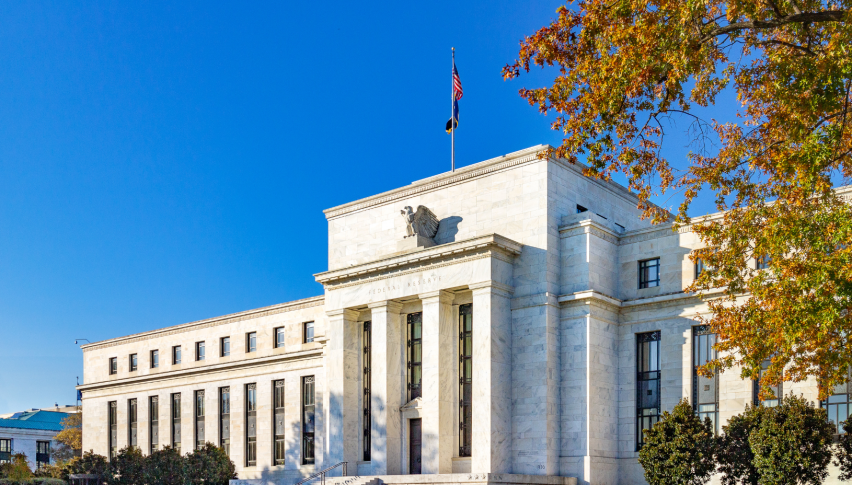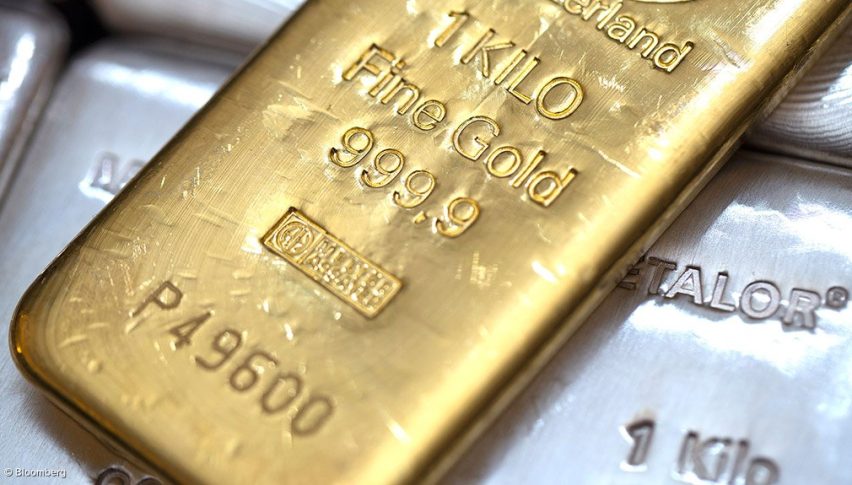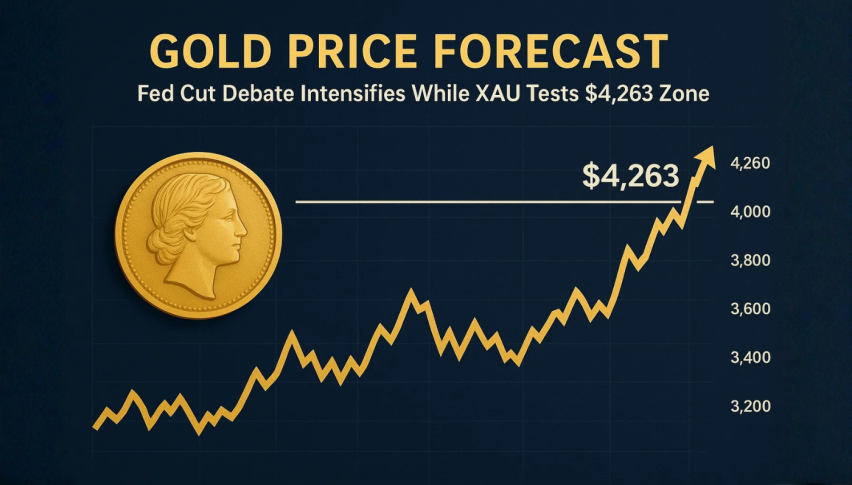Forex Signals Brief May 28: RBNZ Cuts Rates by 25 bps, FOMC Minutes Later
Today we already had the CPI inflation from Australia, the RBNZ lowered interest rates by 25 bps, wile later we have the FOMC minutes later.

Quick overview
- U.S. stock markets experienced solid gains, with the S&P 500 up 0.68% for the year, while the NASDAQ and Dow Jones saw slight declines.
- The Reserve Bank of New Zealand cut its interest rate by 25 basis points, projecting a lower forward rate path amid easing inflation.
- Consumer confidence in the U.S. surged to 98, significantly exceeding expectations and indicating a more optimistic economic outlook.
- Bitcoin reached a new all-time high above $110,000, leading a rally in digital assets amid concerns over U.S. fiscal stability.
Today we already had the CPI inflation from Australia, the RBNZ lowered interest rates by 25 bps, wile later we have the FOMC meeting minutes.
Market Rally Continues as Risk Appetite Returns
U.S. stock markets kicked off the shortened trading week with solid gains, driven by renewed risk-on sentiment among investors. The S&P 500 advanced further into positive territory for the year, now up by 0.68%. However, the NASDAQ remains slightly negative, down 0.58%, while the Dow Jones Industrial Average has slipped 0.47% in 2025 so far.
US Dollar Strengthens Despite Falling Yields
In a somewhat unusual move, the U.S. dollar climbed nearly one full cent on the day, even as Treasury yields declined. The inverse move reflects a complex interplay of factors in the market, particularly around macroeconomic data and investor positioning.
Consumer Confidence Surges Past Expectations
One of the day’s standout data points was the Conference Board’s Consumer Confidence Index, which soared to 98, far exceeding the forecast of 87 and well above the previous reading of 85.7. This robust rebound in sentiment suggests consumers are feeling considerably more optimistic about the economic outlook.
Durable Goods Orders Show Mixed Signals
Meanwhile, the latest report on durable goods orders offered a mixed picture. Headline orders fell by 6.3%, which was better than the -7.8% contraction anticipated. However, excluding transportation, orders actually rose by 0.2%, highlighting how large-ticket transportation purchases, such as aircraft, weighed on the headline figure. This breakdown reveals a more encouraging core trend in business investment.
Today’s Market Updates
BNZ Eases Again and Trims Rate Forecast
The Reserve Bank of New Zealand cut its Official Cash Rate by 25 basis points in May 2025, bringing it down from 3.5% to 3.25%—in line with market expectations. Alongside the cut, the bank lowered its forward rate path, projecting the OCR at 3.12% in September 2025 (down from 3.23%) and 2.87% by June 2026 (previously 3.10%). By June 2028, the OCR is expected to be around 3.10%.
Updated forecasts also show the NZD trade-weighted index rising to 69.0 in mid-2026 (vs. 67.5 prior), while annual CPI is projected to ease to 1.9% by that point, down from 2.2%.
Policy Remarks and Meeting Summary
The RBNZ noted inflation is now within its 1–3% target range, with core inflation cooling and economic slack emerging. It sees current conditions as consistent with a return to mid-range inflation over time and remains ready to adjust policy as needed amid global uncertainty.
Meeting minutes revealed a 5-1 vote in favor of the 25bp cut, with members agreeing the full impact of past easing is still unfolding. Trade tensions—especially new U.S. tariffs—were cited as likely to drag on New Zealand’s export demand and recovery pace.
Australian CPI Stays Firm
Australia’s April 2025 CPI came in at 2.4% y/y, slightly above the 2.3% forecast and unchanged from the prior month. The trimmed mean rose to 2.8%, suggesting steady core inflation. However, broader inflation insights will come with the upcoming quarterly report.
Fed Holds Rates, But Flags Rising Economic Risks
The Federal Open Market Committee (FOMC) unanimously opted to maintain the federal funds target range at 4.25% to 4.50%, reiterating a wait-and-see approach to future policy. While the decision had been priced in by markets, the language accompanying the statement painted a more cautious picture. The Fed acknowledged growing risks on both sides of its dual mandate—higher inflation and higher unemployment—and emphasized the increasing uncertainty clouding the economic outlook.
Although recent GDP volatility was partly attributed to swings in net exports, the central bank maintained its stance that overall economic activity remains resilient. The labor market, according to the statement, is still performing well, with unemployment holding steady at historically low levels. Inflation, however, continues to hover above the Fed’s long-term target, underscoring the bank’s reluctance to begin cutting rates prematurely.
Chair Jerome Powell reinforced this careful stance during his post-meeting press conference, stating that the central bank is prepared to respond “as needed” but is currently in a posture of strategic patience.
Last week, markets were slower than what we’ve seen in recent months, with gold retreating as a result, the EUR/USD falling below 1.11, and stock markets continuing upward. The moves weren’t too big, but we opened 37 trading signals in total, finishing the week with 25 winning signals and 12 losing ones.
Gold Returns to $3,000
The Fed’s shift in tone—combined with geopolitical tensions and broader market caution—helped fuel renewed interest in gold. Prices climbed from near $3,200 to test resistance at $3,500, a level last seen in April. Despite the failure to decisively break that threshold, sentiment remains bullish, with investors turning to bullion as a hedge against both inflation and systemic uncertainty.
Traders are closely watching whether gold can retest and surpass recent highs amid rising demand for safe-haven assets in a turbulent macro environment.
USD/JPY Bounces 1 Cent Higher
One of the more curious developments this week came from the currency markets, where the U.S. dollar gained ground against the Japanese yen even as U.S. interest rates declined. The USD/JPY pair moved from 143.40 to 144.31, defying typical rate-driven behavior. Analysts suggest this divergence may be driven by broader capital outflows from Japan and a reallocation of global assets amid a shifting risk landscape.
USD/JPY – Weekly Chart
Cryptocurrency Update
Bitcoin Leads Crypto Rally Again
Bitcoin Hits Record, Ethereum Rebounds Strongly
Digital assets were the standout performers of the week, with Bitcoin soaring more than 6% to set a new all-time high above $110,000. The cryptocurrency has now posted gains for five consecutive sessions, bolstered by concerns over U.S. fiscal stability, mounting sovereign debt, and the broader geopolitical climate.
BTC/USD – Weekly chart
Ethereum Tries Breaking Above MAs Again
Ethereum followed with an even more pronounced surge, rebounding over 20% from its April lows. The momentum behind Ether was partly fueled by the recent “Pectra” update, which enhances staking capabilities and streamlines wallet integration—features that have sparked renewed interest from both institutional players and retail investors.
ETH/USD – Weekly Chart
- Check out our free forex signals
- Follow the top economic events on FX Leaders economic calendar
- Trade better, discover more Forex Trading Strategies
- Open a FREE Trading Account


